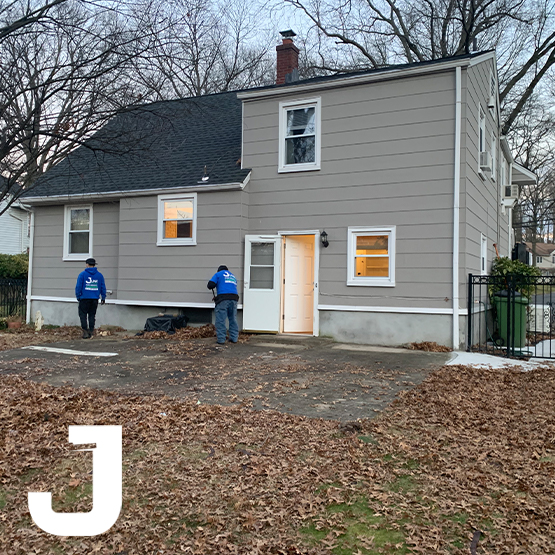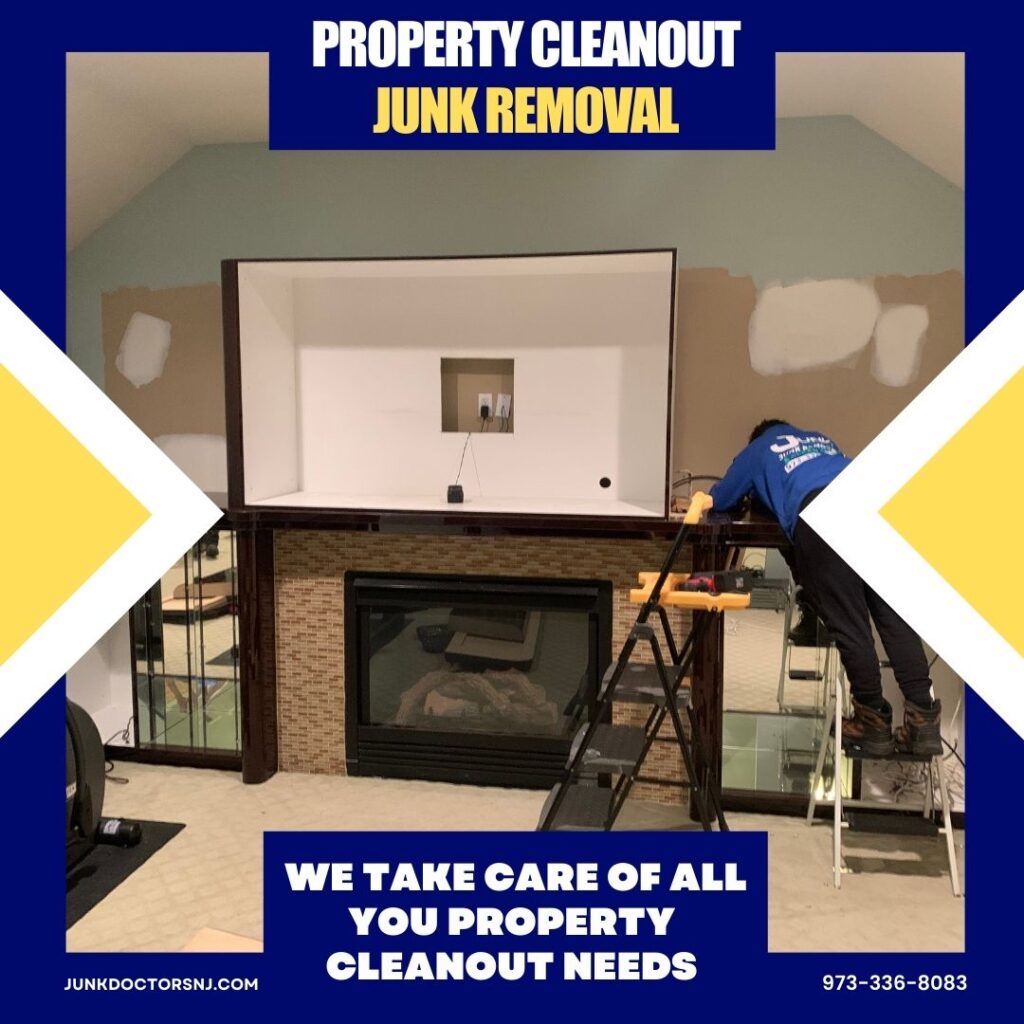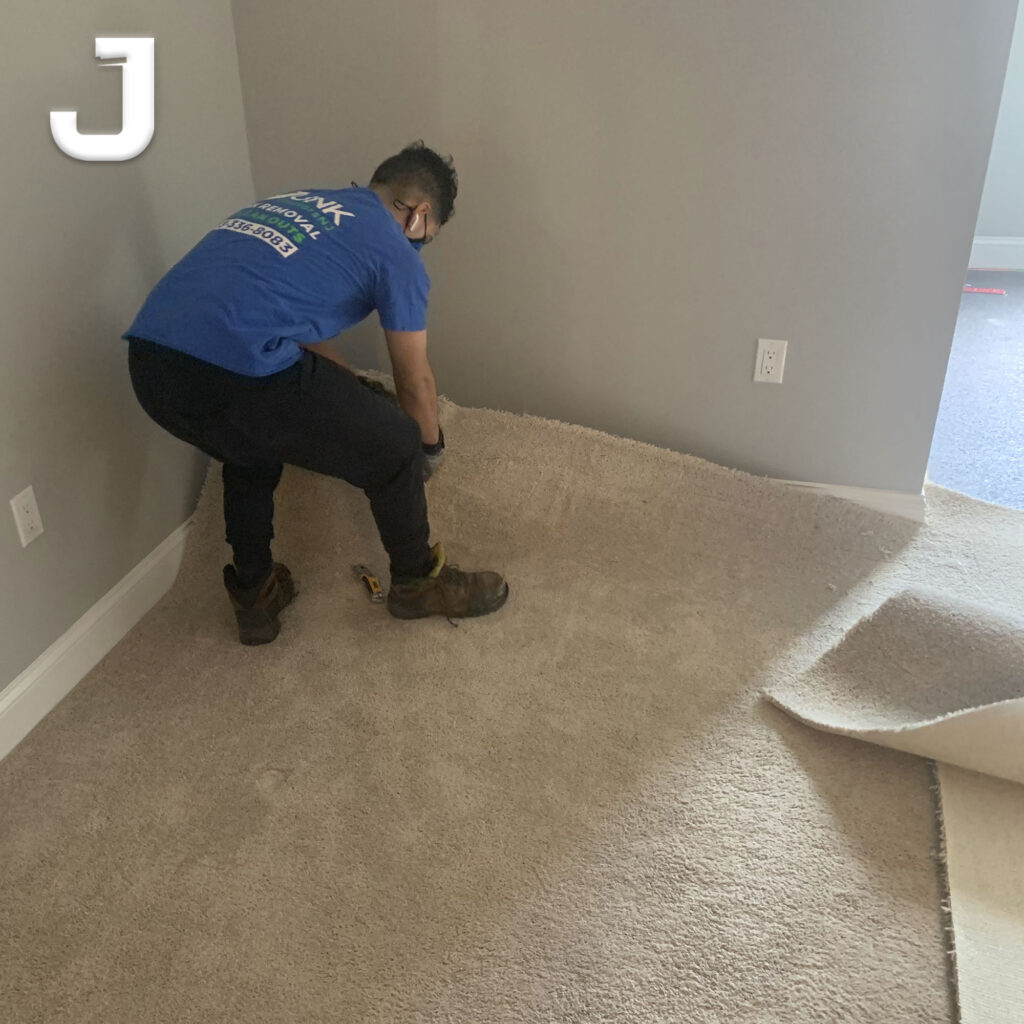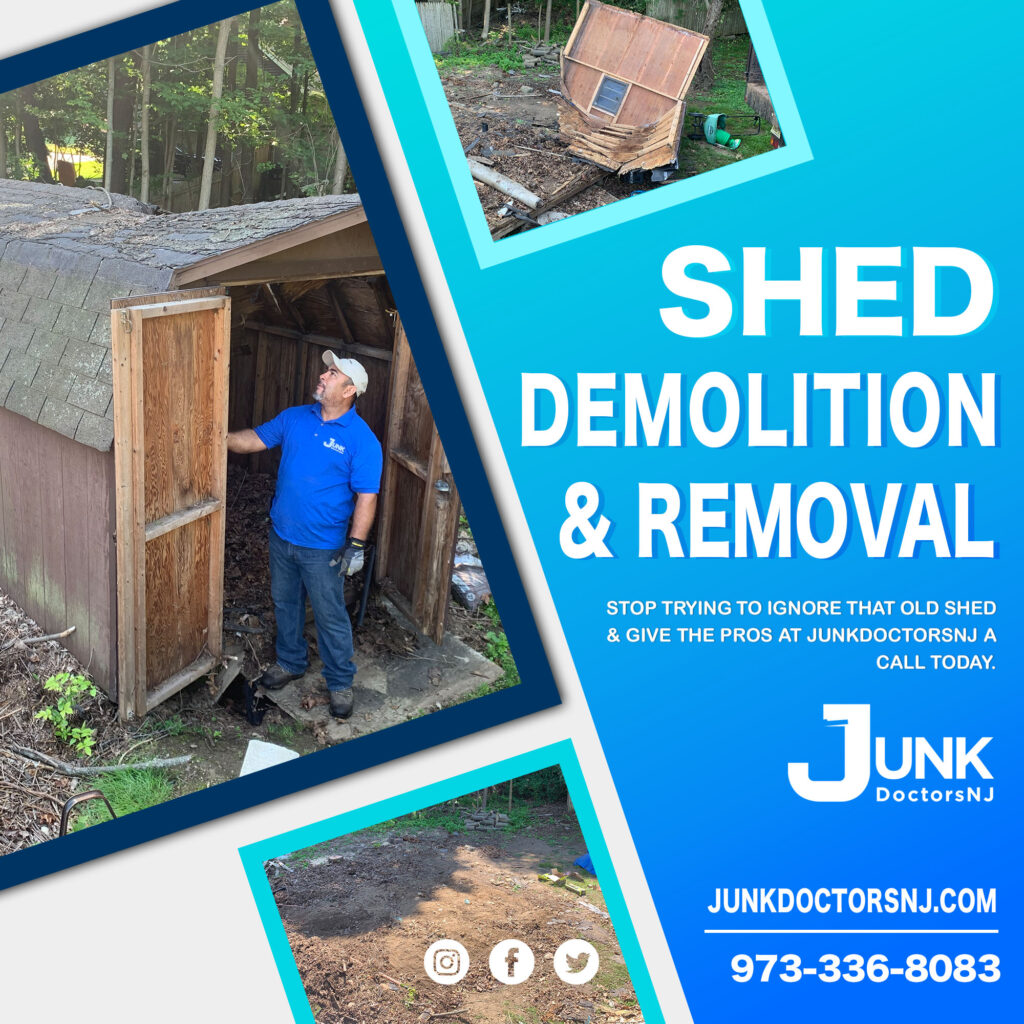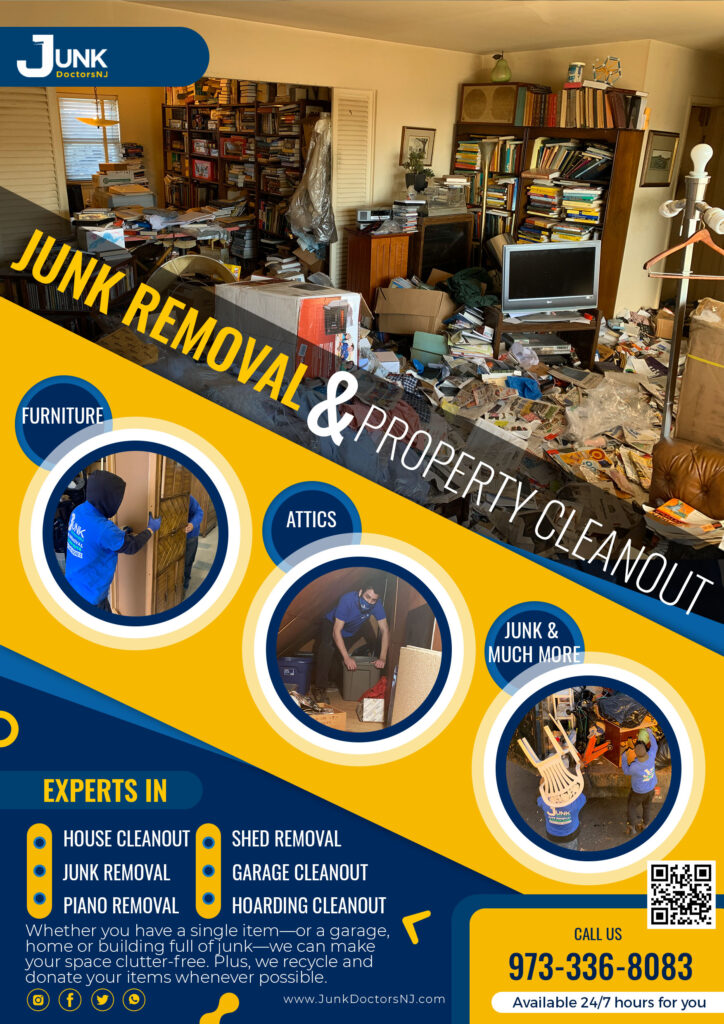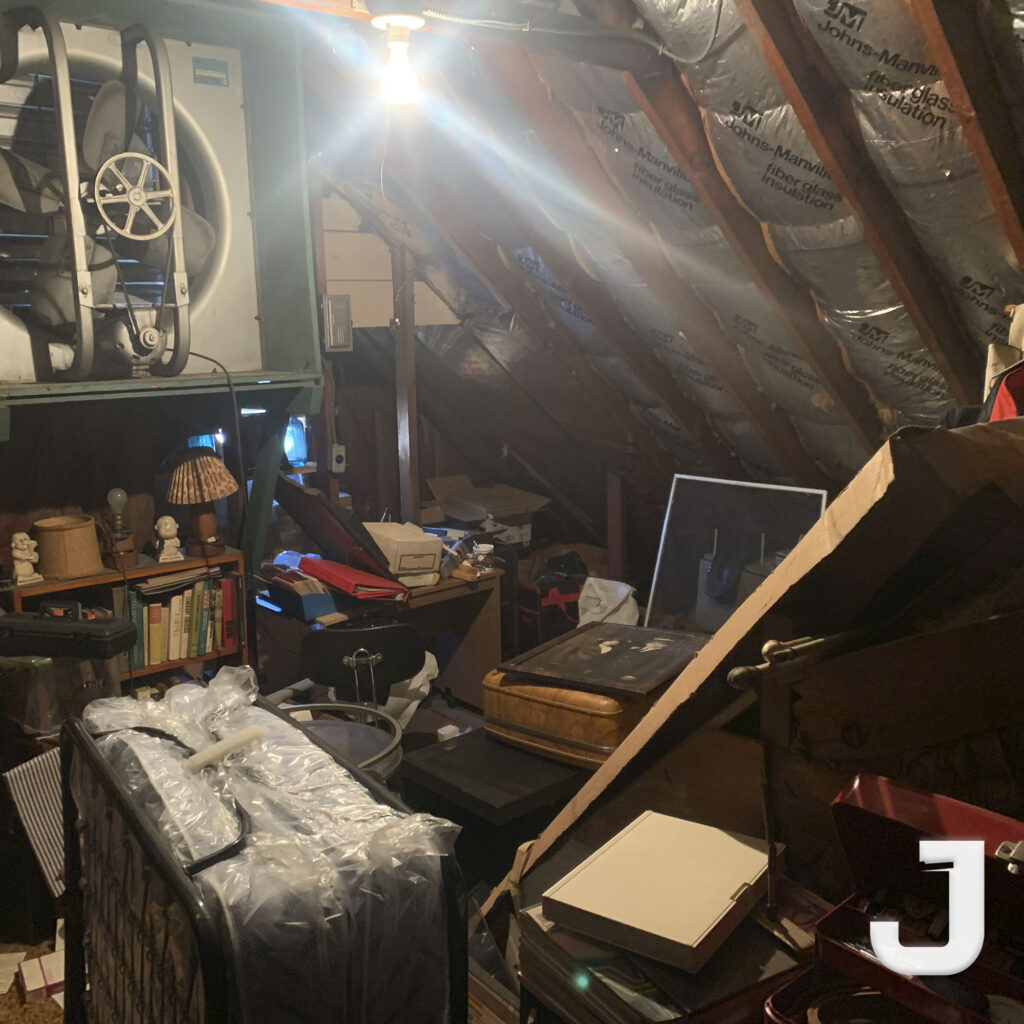If your garage is anything like ours, it’s a catch-all for everything that doesn’t have a home in the house. Over time, it can become cluttered and crammed, making it difficult to find what you need when you need it. Spring is the perfect time to give your garage a good cleaning and organizing so you can make the most of this valuable space.
Here are some tips to help you get started to a Clean Garage:
- Make a plan. Before you start moving things around, it’s helpful to have a plan for how you want to organize your garage. Decide what you want to keep, what you can donate or sell, and what needs to be thrown away. This will make the process go much smoother.
- Sort and purge. Once you know what you want to keep, it’s time to start sorting. Create piles for different categories of items, such as sports equipment, gardening supplies, holiday decorations, etc. As you sort, be sure to purge anything that is broken, no longer needed, or taking up too much space.
- Clean and declutter. Now that you have everything sorted, it’s time to start cleaning. Wash down all the surfaces, sweep the floor, and dust the shelves. Then, declutter by getting rid of anything that doesn’t belong in the garage, such as old newspapers and magazines.
- Organize. Now it’s time to start putting everything back in the garage. But before you do, take a few minutes to organize everything so it’s easy to find and use. Use shelves, bins, and hooks to keep everything in its place.
- Maintain. Once you’ve got your repository all cleaned and organized, it’s important to maintain it so it doesn’t get cluttered again. Make it a habit to put things back in their place after using them. And, every few months, take some time to do a quick declutter and cleaning.

By following these tips, you can have a clean and organized garage that will make your life easier. So what are you waiting for? Spring is the perfect time to start cleaning out your garage! Looking to get your garage cleaned out quickly call 973-336-8083 JunkDoctorsNJ
